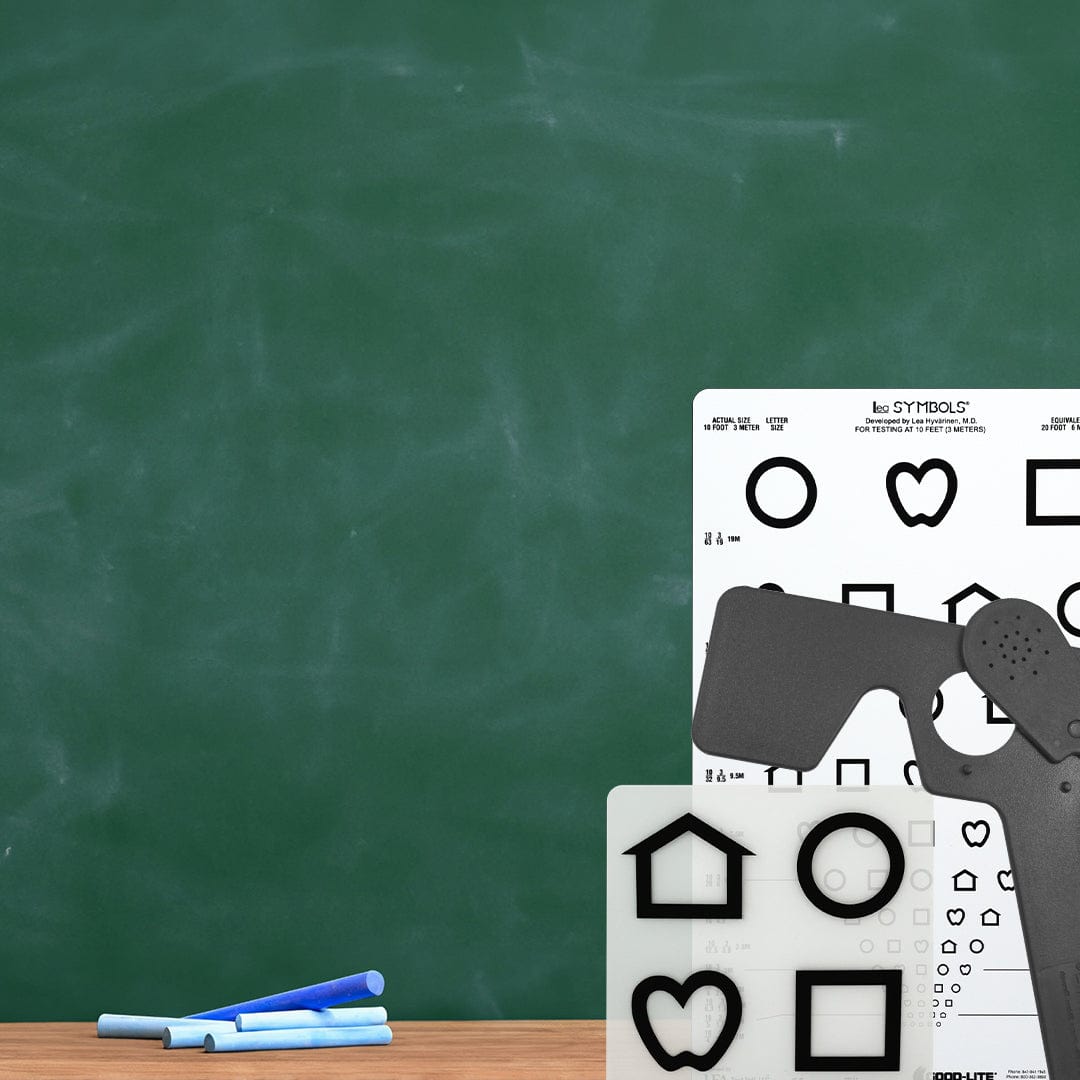Table of content
What is Low Vision?
Low Vision is defined as vision loss that causes everyday activities to be difficult and for which vision cannot be corrected with medication, surgery, glasses or contact lenses. The most common cause for low vision is macular degeneration. Cataracts, diabetic retinopathy and glaucoma are also responsible for low vision in many patients. The condition is most common in older adults; however, aging alone does not cause low vision.
Diagnosis and Evaluation
Evaluating the level of vision is very important to understanding the patient’s true visual capability and what steps may be taken to help them operate better for everyday activities. The visual range for patients is very wide and can extend to levels worse than 20/800 acuity. During the examination, specialists normally begin testing the patient using the standard ETDRS chart from a distance of 4 meters. This provides an acuity measure up to 20/200. If the patient is unable to read any letters on the chart, the test distance is reduced to 2 meters, providing measurement up to 20/400 acuity. If this is inadequate, the distance is moved to 1 meter and, if not sensitive enough, individual test cards are used to test vision ranges up to 20/800 and beyond.
Once the level of acuity is established, many low vision specialists also test patients using contrast sensitivity, which provides a measure or how patients perceive contrast in the real world. This test yields a better understanding for the eye specialist of the patient’s ability to see and comprehend real-world visual scenes, independent of visual acuity. And contrast sensitivity provides more insight into what type and power of low vision devices will best aid patients.
How is it Treated?
Treatment encompasses primarily means to make the images in the external world visible so that patients can then operate more naturally in real-world environments. These devices include tools to make images larger or to increase the lighting, or both. Enlargement tools include magnifiers or telescopes, which can be handheld or incorporated into special glasses. Also, electronic viewers are available to magnify and provide significantly more light on pages of a book. The comprehensive examination provides information to the specialist so that they can prescribe the correct low vision tools for each patient.











